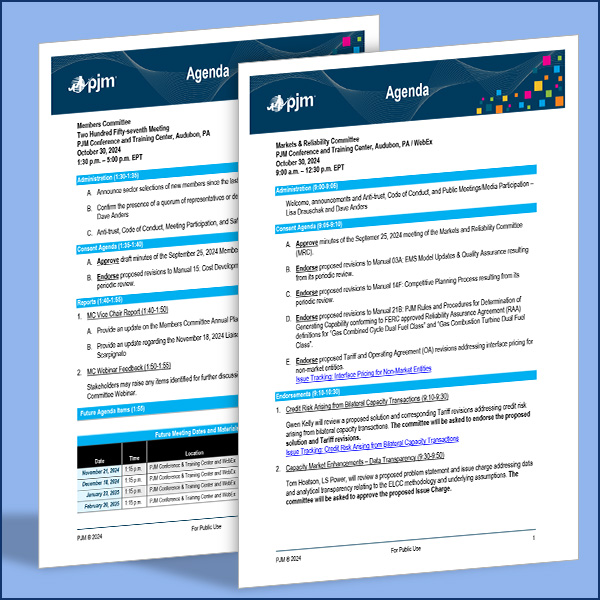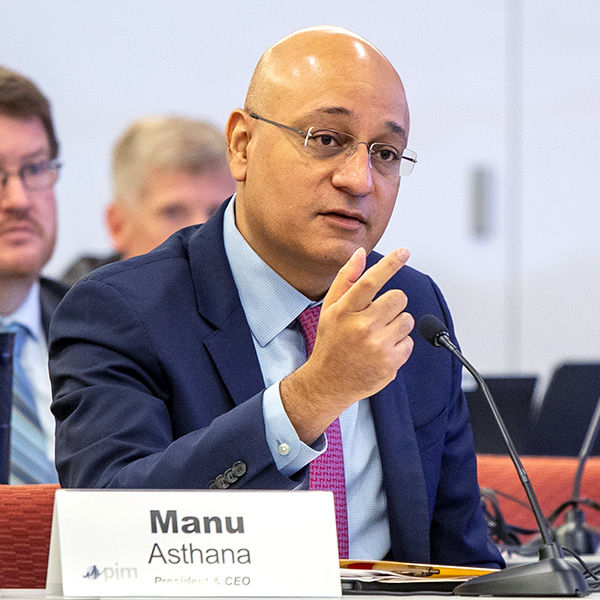effective load-carrying capability (ELCC)
The PJM Markets and Reliability Committee endorsed two issue charges sponsored by LS Power addressing the transparency and functionality of PJM’s marginal effective load-carrying capability accreditation methodology.
Listed are the agenda items scheduled to be brought to a vote at the upcoming PJM Markets and Reliability Committee and Members Committee meetings.
The second leg of the Independent Market Monitor's analysis on PJM's 2025/26 Base Residual Auction looked at the impact of not counting reliability-must-run resources as capacity, paired with several other factors.
LS Power presented the third in a “trilogy” of issues charges seeking changes to PJM’s effective load carrying capability accreditation paradigm.
PJM has proposed changes to the demand response availability window, which determines when the curtailment capability is evaluated as accredited capacity and expected to be online for dispatch.
About four years after PJM stakeholders shelved deliberations on rules around how battery storage can be used to address transmission constraints, the topic has been reopened.
PJM is trying to figure out how the development of new capacity can be sped up as a growing number of resources have cleared the interconnection queue but not entered commercial operation.
Hybrid power plants, especially projects combining solar and storage, represent a growing amount of new generation online and in interconnection queues across the U.S., signaling a shift in how renewable power can be integrated into electric power markets, according to a new report from the Lawrence Berkeley National Laboratory.
A PJM discussion on expanding the demand response winter availability window to include a wider range of hours branched off into a broader conversation on how the resource class participates in the RTO's capacity market.
PJM could see a growing capacity shortfall starting with the 2029/30 delivery year, the RTO found after running its effective load carrying capability (ELCC) model on a generation mix forecast through the 2034/35 DY.
Want more? Advanced Search









